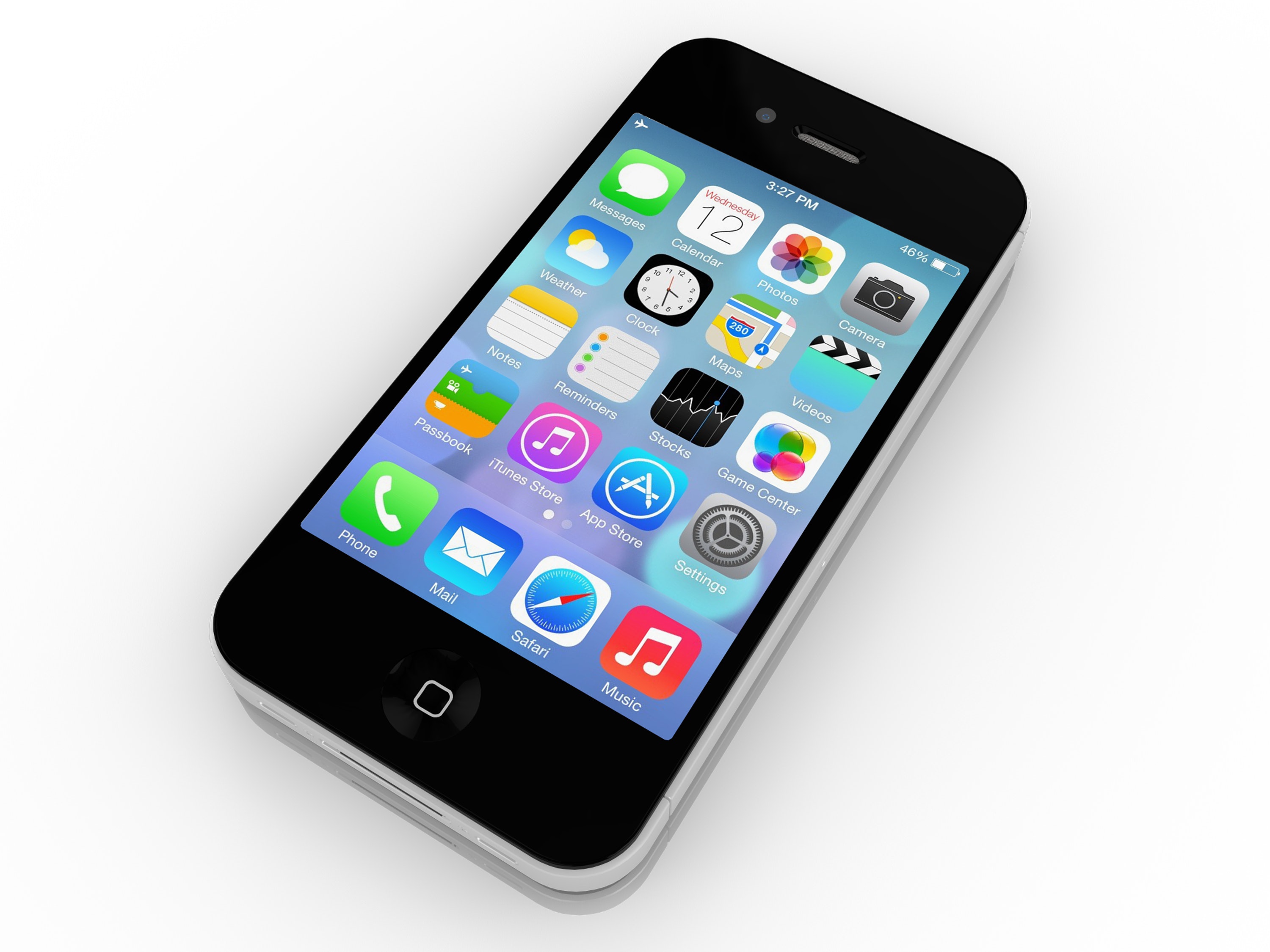

So you’ve just thought of the perfect app, great! Once you have an awesome idea for an app, you’re going to have to actually build it. However, there are a lot of challenges you might face in this endeavor as a startup company such as limited access to resources, multitasking many different types of work in early stages as a founder or solopreneur, limited funds, lacking extensive technical experience with at least some aspects of your build-stack, etc. — all of which can feel like a lot to overcome on your own.
Luckily, an effective app development process will ideally be tied to your fundraising efforts. This way, you can build your app in stages as your available funds allow. Below is our guide to help you navigate this process while simultaneously raising money to finance your development:
How to Build an App — Stage One
App Development: Envision your Prototype
Fundraising: Self-Funded

You don’t have to have money at the first stage of a successful app development process — but you should definitely at least start your research efforts as soon as possible. Then test the market and start to build out a prototype app yourself. By doing this, you’ll be able to better communicate your idea’s potential to entice future developers or investors.
Programs like invisionapp.com will allow you to easily create clickable images so you can design the initial look and flow of your app. Even without a technical background, and without writing a single line of code, you’ll be able to easily prototype a conveniently accessible and presentable visual representation of your future app.
As soon as you can, at this stage, you should start to gather constructive feedback and test the market. You’ll want to see if there is widespread support or an already existing or prospective customer base for the app you want to create before you or others can confidently invest in it. The app will probably change a lot from your initial conceptions as you get helpful feedback from the marketplace or experienced developers, and that’s okay! During this phase, you should think carefully and fundamentally about what needs your app means to fulfill; plan out “user stories” describing its core functionalities and prioritize which of these are the most crucially important and which could be eventual stretch-goals or enhancements that would be nice to have but are not absolutely necessary.
How to Build an App — Stage Two
App Development: Software Prototype
Fundraising: Self-Funded

Now it’s time to invest some money into your app and develop the first coded demo of your app. If you aren’t an experienced developer, hire a freelancer who can develop the app further. In fact, this freelancer could turn into a valuable team member as you grow your company and need an in-house technical team.
Eventually, your app will need both front-end and back-end development. However, in this phase you’ll probably only need to develop the front-end side of the app — which is the client facing side and deals more with the visual presentation and aesthetics. Connections to servers and databases are back-end features and can be saved for future stages or temporarily mocked with placeholder “data” for initial demos.
Don’t worry if you have to eventually throw away this entire version of your app in the next stage. You need to have something to show in the early phases for investment and marketplace testing even if its UI/UX ends up looking and flowing completely differently later on.
With a minimally functional but hopefully polished looking demo in hand, you can present your idea to investors to attract seed money for phase three. Continue to release to customers if you can manage some alpha or beta releases for research purposes and get their feedback too, as this will only help you develop a stronger app long term.
How to Build an App — Stage Three
App Development: Fully Functional MVP
Fundraising: Seed Funded

Congratulations, you’ve reached the point where you have some seed money thanks to a few investors who understand your vision and recognize its potential! Now you’re ready to build a fully functional minimum viable product (MVP) on a single platform such as the web (or perhaps whichever mobile platform it was initially developed for if you focused in that direction).
Once you’ve written the code for your app at this stage, it’s not a throwaway or hardcoded product. You’re building the permanent and dynamic infrastructure of your app. This means that you’ll not only have client facing front-end features but also back-end features that persistently save, store, and recall users’ data — but that customers don’t interact with directly.
One freelance developer probably isn’t enough, at this stage, because of the expanded skill set needed to achieve a finished product of this sort, unless you can afford an extremely talented full-stack developer. So, you’ll want to hire a development company at this stage, like Code Hangar.
A Development company will get you a technical team quickly and help you understand what it’s like to work with one. Plus, they can help you navigate who will serve you best in your eventual in-house team you will need as you continue to grow.
You will still need to release early and often at this stage so you can continue to test the market and get feedback. How quickly you can develop a full-stack app depends on your development company and how well they know how to leverage modern DevOps technologies — but, at Code Hangar, we can build an MVP for you in just eight weeks!
Once your MVP is in hand, you can reach out to venture capital companies and start your fundraising rounds (series A, B, and C).
How to Build an App — Stage Four
App Development: Continued Feature Enhancements
Fundraising: Series A, B, or C

While this is the final stage of the app development process, it is never truly finished. That’s because, at this stage, you’ll inevitably be in some type of continuous release operations and maintenance mode with options to build out new features and expanded functionalities. It’s also time, at this point, to think about scalability and maximizing the security and cryptographic rigor of the app (if you haven’t already).
It’s best to release updates in sprint cycles of 1-2 weeks. Sprints allow you to fix bugs and add features as you respond to continuous customer feedback at an agile pace.
Using your initial VC funding, start to invest in your in-house team. This lets current and future investors know you are serious and you want to build a company that is in it for the long haul.
Typically, successful small-scale in-house software teams consist of a project manager, designer, front-end developer, back-end developer, and quality assurance (QA) tester. Remember, it’s also important to build a strongly collaborative culture of teamwork within your organization. The most successful teams are ones where open communication, at least some cross-training and shadowing, and constructive feedback are valued — and cross-functional teams set agile goals to increase velocity when sprinting toward larger milestones.
Finally, you want to recreate your success by establishing repeatably effective processes over the long term. Then you can continue to reliably release work in efficient sprint cycles as you scale, fix bugs quickly to keep your app stable, and address continuous feedback from your customers in a timely manner.
No matter what stage of the app development process you’re in, it’s important to remember that you should release updates early and often in order to get feedback from both users and investors. This allows you to develop a stronger app over time that responds to the marketplace and features introduced by any competing apps quickly.
If you have an app that you’re ready to take to the next stage of development and need to bring on a talented and experienced development team, Code Hangar can help you. Contact us to learn more about our eight-week to MVP or full-service packages!
About Author: Code Hangar
Code Hangar is a software development company that builds amazing web, iOS, and Android apps for startups that are ready to launch ASAP. Are you ready?